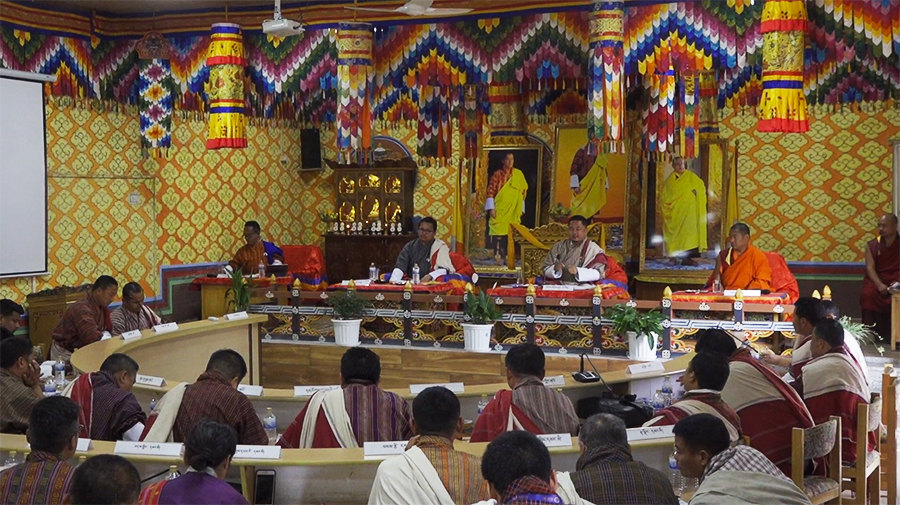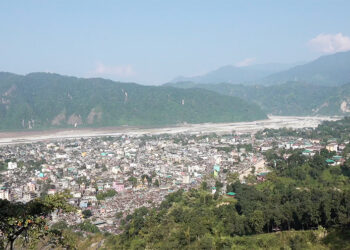 During the National Cadastral Resurvey Programme in 2012, lands covered with overgrown vegetation or situated in challenging terrain were left unsurveyed and categorised as TP plots. For more than a decade, many landowners have been unable to utilise these lands. At the recent Samtse Dzongkhag Tshogdu, local leaders raised the issue, calling for urgent solutions to a long-standing problem.
During the National Cadastral Resurvey Programme in 2012, lands covered with overgrown vegetation or situated in challenging terrain were left unsurveyed and categorised as TP plots. For more than a decade, many landowners have been unable to utilise these lands. At the recent Samtse Dzongkhag Tshogdu, local leaders raised the issue, calling for urgent solutions to a long-standing problem.
Farmers in several gewogs in Samtse have not been able to use the TP plots for over 12 years. In Dorokha alone, around 60 households remain affected.
Dophuchen Gup Phuntsho said, “Landowners are unable to carry out any construction or agricultural activities on TP plots, leaving them with land they cannot use. This has caused significant challenges for those affected.”
In response, officials from the Dzongkhag Land Registry clarified that the TP plot issue is not unique to Samtse but a nationwide concern. They revealed that there are over 1,000 such cases across the country.
The district land registrar Chador said, “Surveying all TP plots across the country is a massive task, and the district land registry office alone cannot manage it. We’re also constrained by limited manpower and insufficient funding.”
Officials also pointed out that in some cases, landowners were either unaware of their land holdings or had neglected them, contributing further to the classification of such plots as TP land.
However, he added that as per the directives from the National Land Commission, the office has been carrying out surveys for TP plots when landowners intend to sell, buy, or undertake construction on their land.
After deliberation, the Dzongkhag Tshogdu resolved to write to the relevant authorities, including the Prime Minister’s Office and the district’s Member of Parliament, seeking urgent support and intervention on the matter.
Passang Dorji, Samtse









